How should raw coffee beans be roasted? What happens during the roasting of raw coffee beans?
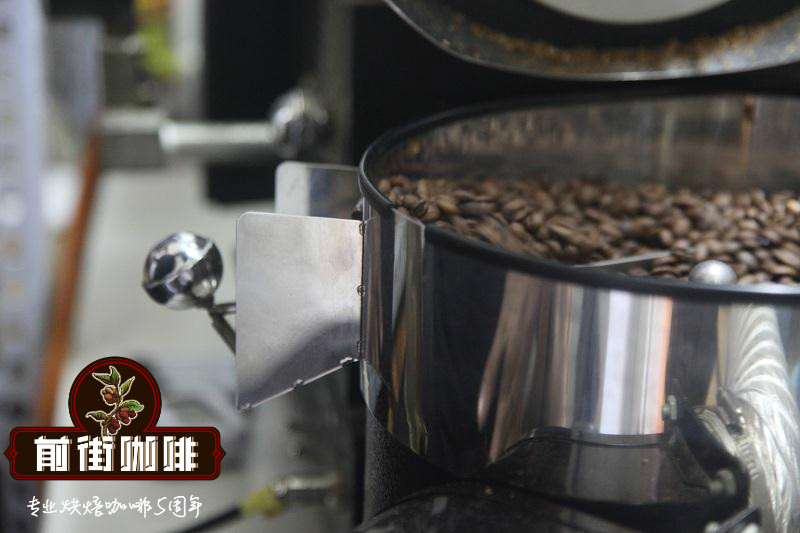
Professional coffee knowledge exchange more coffee bean information please follow the coffee workshop (Wechat official account cafe_style)
| Coffee roasting
After a variety of post-processed coffee beans are not our common black beans, but yellow or green, to turn these beans into our common black coffee beans need to go through a very important step-baking.
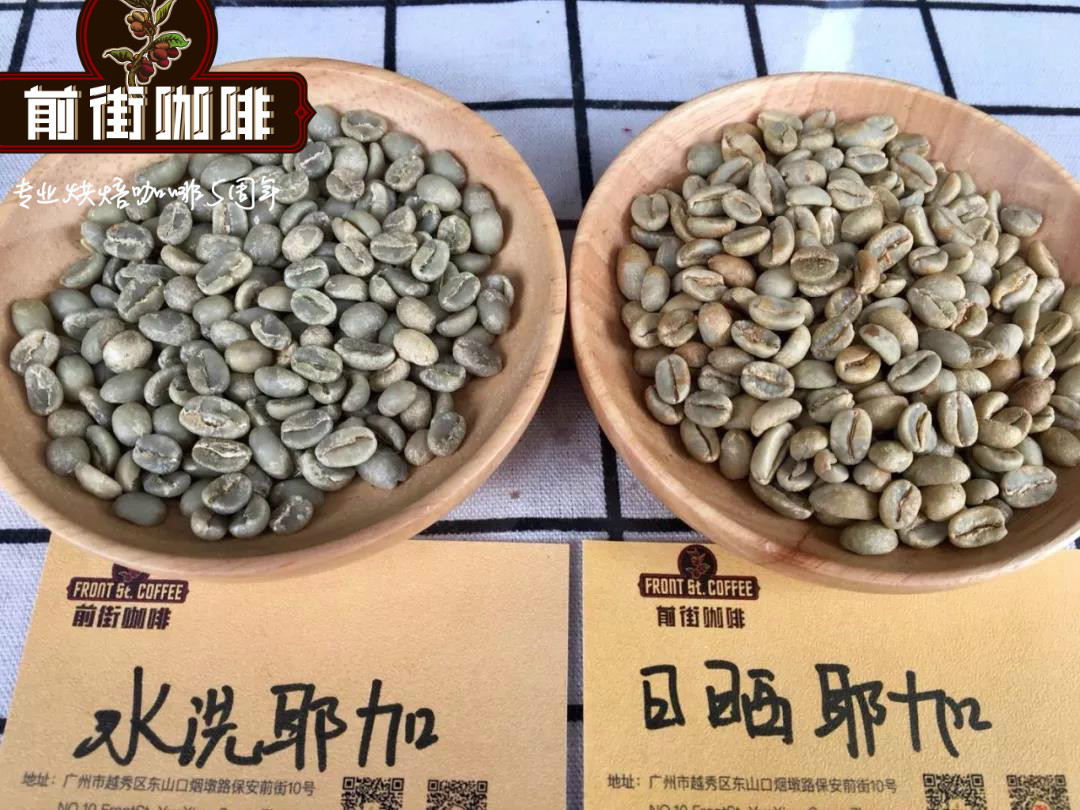
To put it simply, baking beans is to stir-fry raw beans, but there are many more complex details and delicate skills than imagined, and the process of baking beans has a considerable impact on the taste of coffee.
Among the factors affecting the taste of a cup of coffee, raw beans account for 60%, roasting accounts for 30%, and extraction accounts for 10%. Good roasting can maximize the personality of raw beans and minimize the occurrence of defective flavor. The most important thing is the degree of baking. Beans overroasting coffee will only highlight the bitter taste; under-roasting will make it too sour. According to the characteristics of beans, it is important to know the best time to stop baking.

So how to bake raw coffee beans?
For the same bean, different baking rhythm will greatly affect the taste, taste and flavor of coffee.
Generally speaking, the roasting process of coffee can be divided into three stages: the dehydration stage before the yellowing of beans, the main chemical reaction (mainly Maillard reaction) from the beginning to the browning stage before the explosion, and the development stage from the explosion to the end of roasting.
To adjust the rhythm of baking is to adjust the time and temperature rise of these three stages, as well as the temperature of the temperature recovery point.
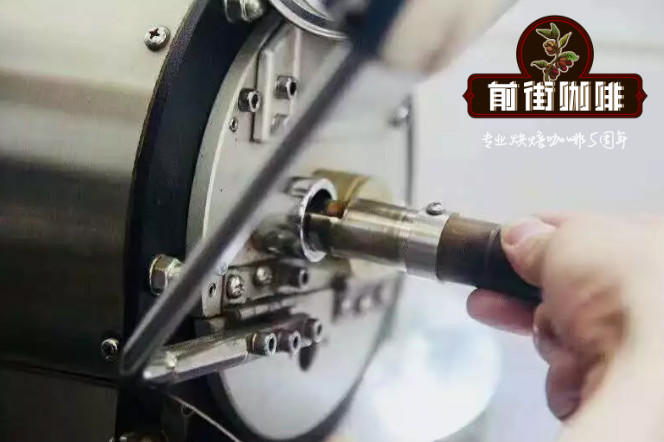
There are too many factors that affect baking, not to mention the uncontrollable factors such as raw beans and weather. Other factors that need to be artificially adjusted are: the adjustment of firepower, whether the throttle is cleaned, the use of gas, and so on. Whether baking a bean is stable or not requires the baker to record in detail the bean temperature, bean weight, bean temperature recovery point, boiler temperature per minute, dehydration point, explosion point, explosion time, furnace time, dehydration rate, temperature rise rate, etc. (the more detailed, the better). Then correct the correction curve by cup measurement and correct it the next time you bake.
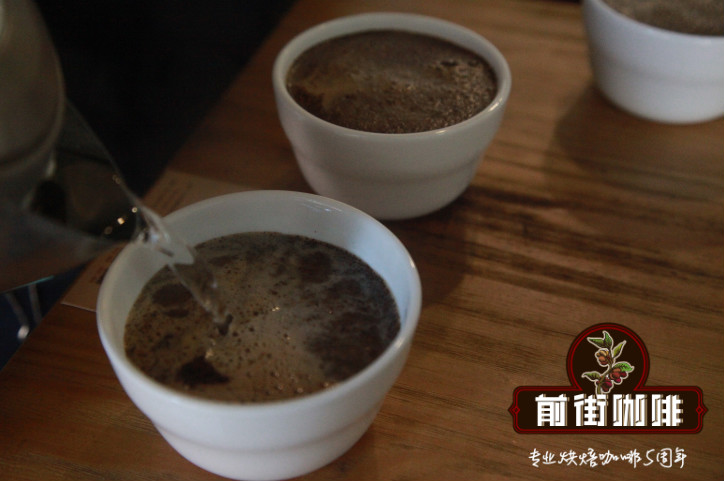
Qianjie Coffee takes [Costa Rican Mozart] as an example, using a roaster Yang family 800N semi-direct fire (roasting capacity 500g)
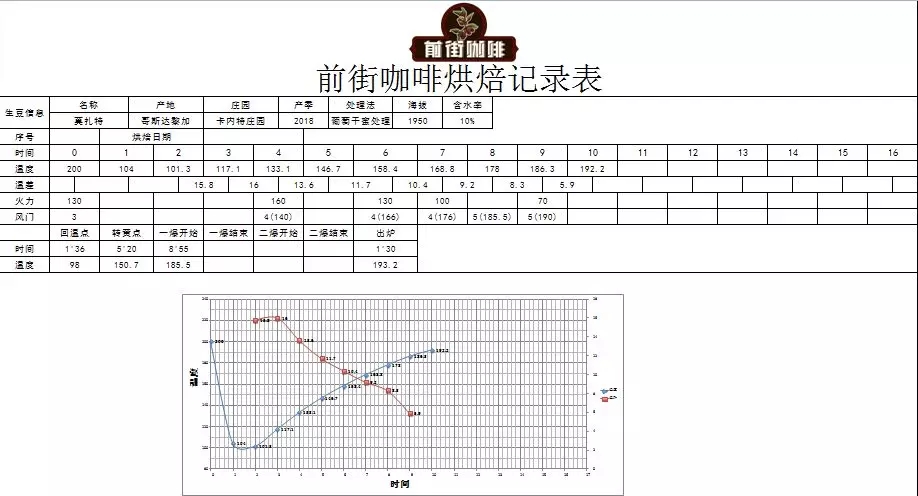
The furnace temperature is preheated to 200℃ into the pot, the firepower is adjusted to 160, the throttle is opened to 3, the temperature recovery point is 1mm / 39th / 36 ", keep the firepower; at 140℃, the firepower is adjusted to 160and the throttle is opened to 4.5mm / s / 39th / 20" turns yellow, the smell of grass disappears, entering the dehydration stage, the firepower is lowered to 130at 166℃, and the throttle is kept at 4. Adjust the firepower to 100 at 176℃, the throttle will not change.
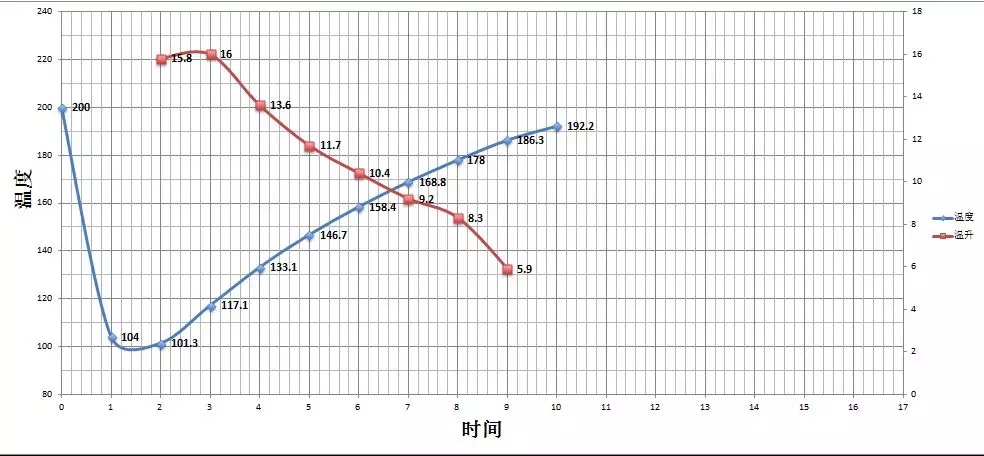
At the end of dehydration, wrinkles and black markings appear on the bean surface, and the smell of toast changes to coffee, which is a prelude to an explosion. Listen to the sound of an explosion. When it starts to explode, the throttle is fully open, and the firepower remains the same. After an explosion, the development time is 1mm, 39th, 30th, and 193.2 ℃. (shallow baking)
The roasting process of coffee
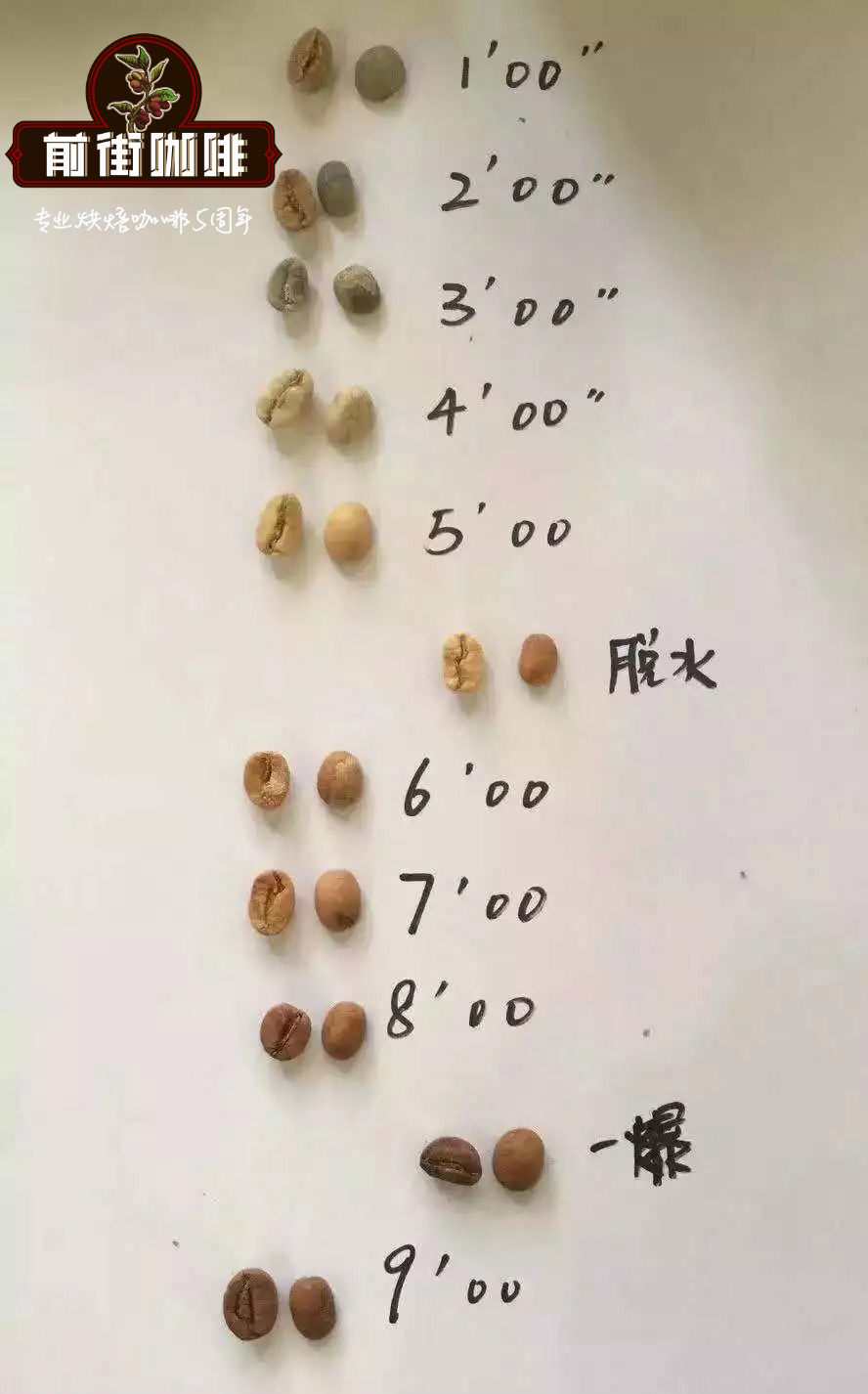
1. Drying
When the raw bean is heated, the water vapor in the raw bean will evaporate, and the raw bean will turn white from green at about 135 degrees Celsius.
two。 dehydration
As the heating goes on, the raw beans change from green to light yellow, and when the temperature reaches about 160 degrees, the aroma of baked grain will be emitted. After continuous heating, the beans turn light brown.
3. An explosion
After about 190 degrees dehydration is completed, a burst occurs due to the rupture of the cell wall caused by internal thermal expansion, and a series of thermal decomposition reactions occur inside the beans, in which the caramelization brings the sweetness, dark brown and mellowness of the coffee beans. the explosion lasts about a minute and a half.
4. Second explosion
As the heating goes on, it enters the "second explosion", and a more violent reaction will take place inside the bean. And give off a lot of heat. With the end of the second explosion, the raw bean has basically turned black, the bean body has expanded to 1.5 times that of the original, the surface is oily, and the weight is reduced to 12%, about 20%.
5. Stop it
Baking usually ends about a minute after the second explosion, when the temperature reaches 200 degrees, which is a deep French or Italian baking, which may cause the coffee beans to ignite spontaneously when the temperature exceeds 230 degrees Celsius.
The time point at the end of baking beans is called "roasting poing", which varies with the type of raw beans. Raw beans from Ethiopia and Papua New Guinea have a lower density, so they absorb heat faster, and if you also want to bake to medium-baked ripeness, the baking time will be shorter than other kinds of raw beans. On the contrary, the beans produced in Peru, Colombia and Indonesia with higher density take a longer baking time and deepen the roasting maturity as much as possible in order to maximize the delicacy of coffee beans.
Important Notice :
前街咖啡 FrontStreet Coffee has moved to new addredd:
FrontStreet Coffee Address: 315,Donghua East Road,GuangZhou
Tel:020 38364473
- Prev

How did hand coffee evolve? Take you to explore this simple method of cooking!
Professional coffee knowledge exchange more coffee bean information please follow the coffee workshop (Wechat official account cafe_style) casually step into any boutique coffee shop, nine times out of ten there is at least one hand coffee maker. Although V60 filter cup and Chemex hand brewer have been around for decades, they are still the representative of the third wave of coffee fad. But how did hand coffee evolve? This kind of simple cooking
- Next
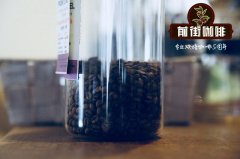
How do coffee beans and coffee powder be preserved separately? Learn a trick to keep the flavor of your coffee.
Professional coffee knowledge exchange more coffee bean information please follow the coffee workshop (Wechat official account cafe_style) about the preservation of coffee beans: we should know what is the enemy of coffee bean conservation: high temperature, humidity, oxygen and sunshine. Coffee beans are more durable than coffee powder, so we should maintain the principle of getting on the sedan chair and piercing our ears when grinding coffee. So, coffee beans.
Related
- Beginners will see the "Coffee pull flower" guide!
- What is the difference between ice blog purified milk and ordinary milk coffee?
- Why is the Philippines the largest producer of crops in Liberia?
- For coffee extraction, should the fine powder be retained?
- How does extracted espresso fill pressed powder? How much strength does it take to press the powder?
- How to make jasmine cold extract coffee? Is the jasmine + latte good?
- Will this little toy really make the coffee taste better? How does Lily Drip affect coffee extraction?
- Will the action of slapping the filter cup also affect coffee extraction?
- What's the difference between powder-to-water ratio and powder-to-liquid ratio?
- What is the Ethiopian local species? What does it have to do with Heirloom native species?

